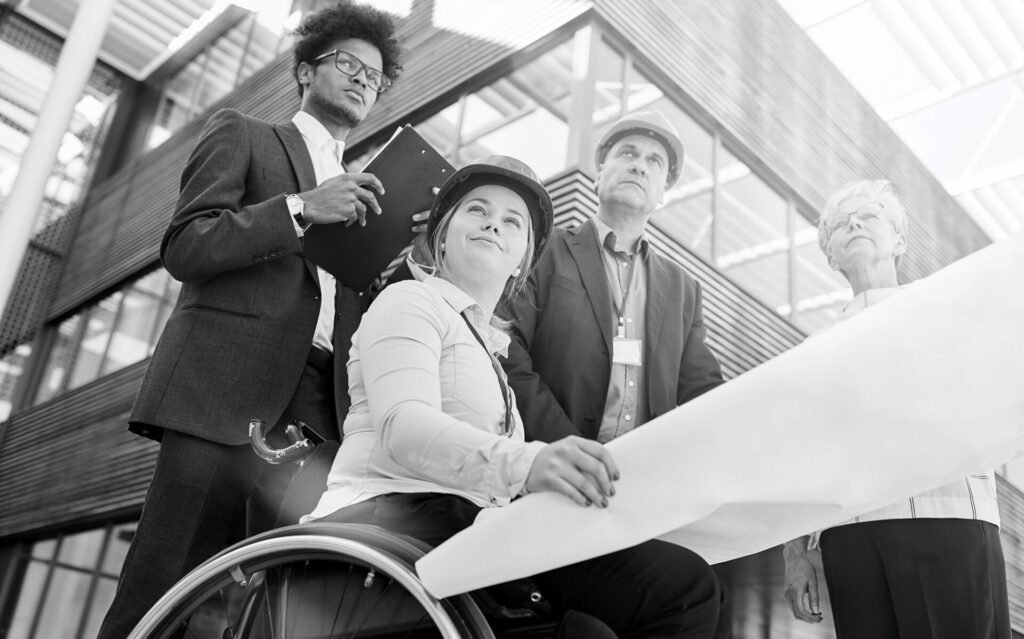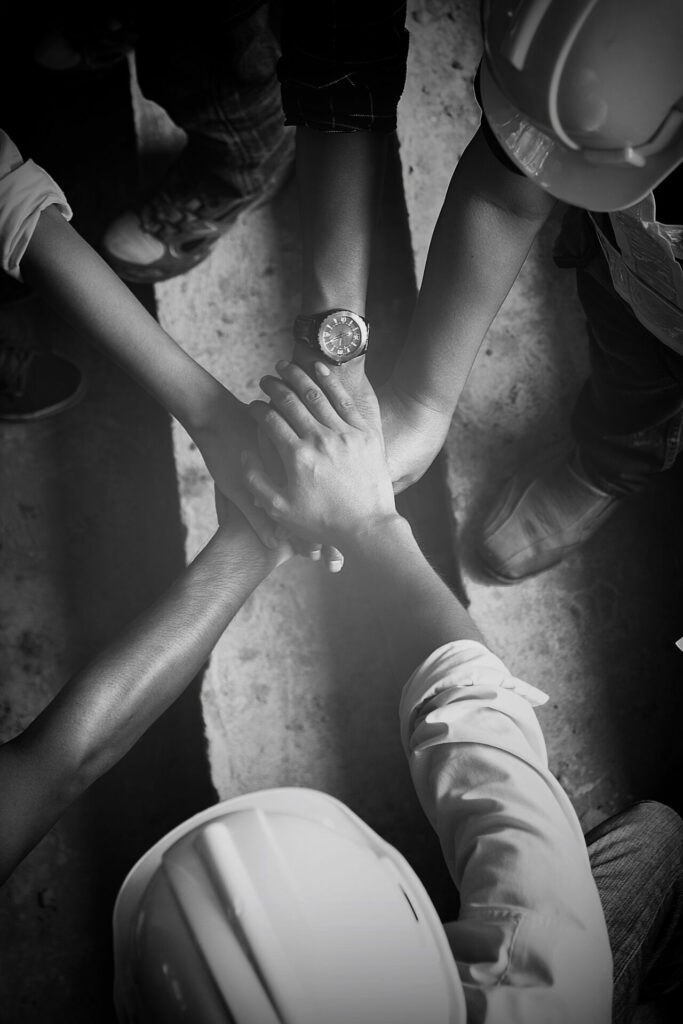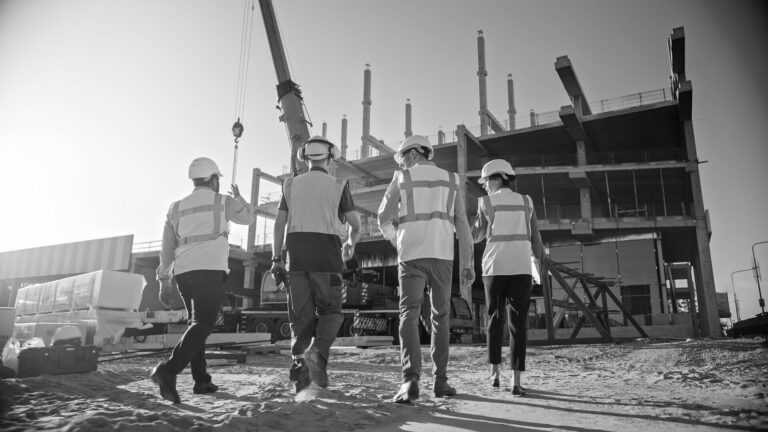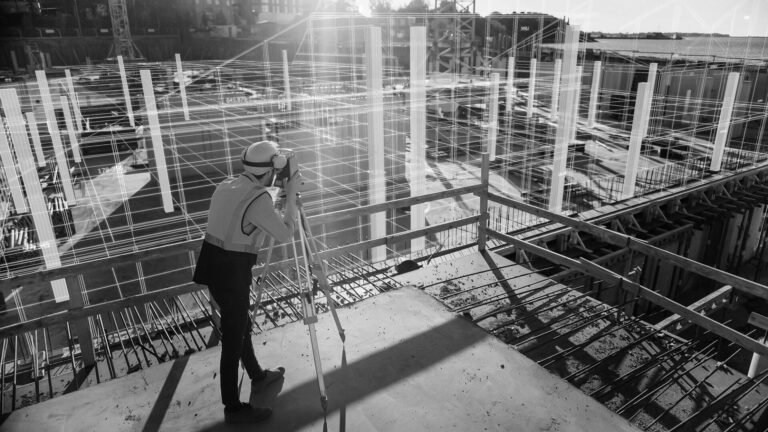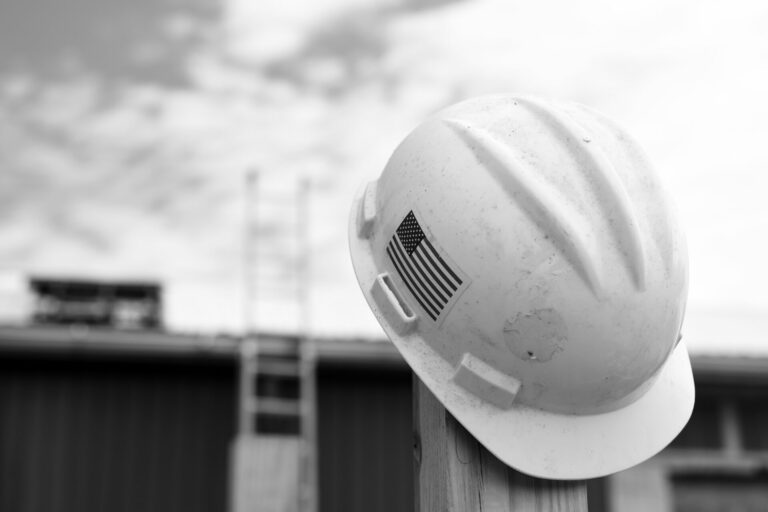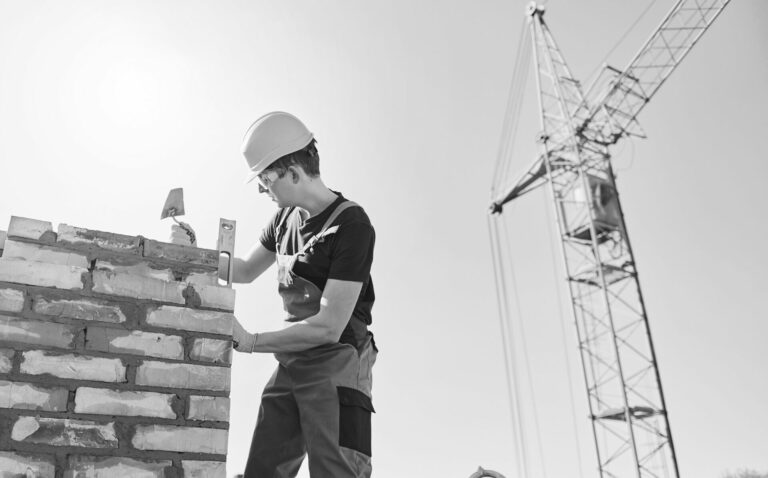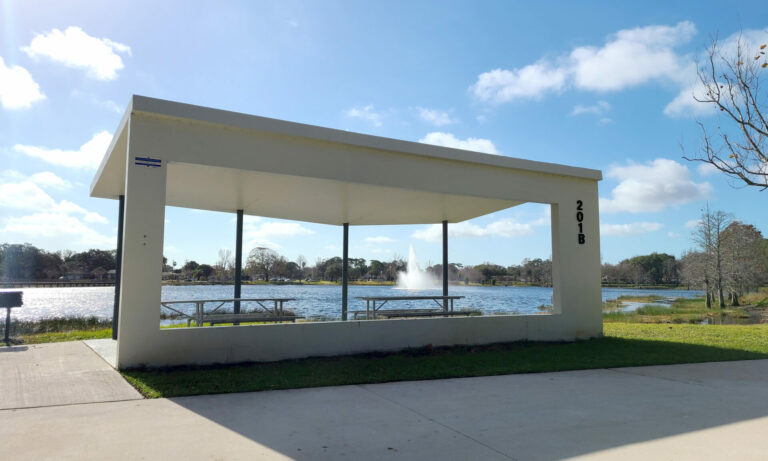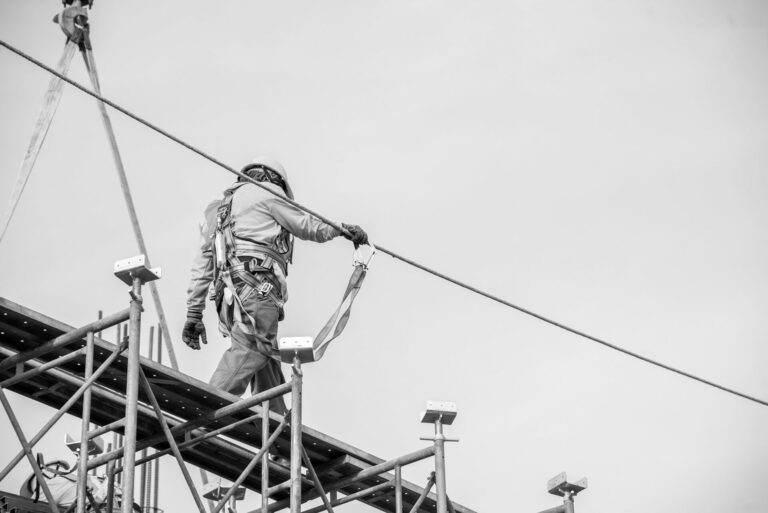In recent years, much has been done in the construction industry to promote more inclusive practices. Workshops, education, and recruitment drives all feed into a developing picture of an industry that is welcoming to all. If we were to be honest, it couldn’t have come quickly enough. The construction industry is one of the most homogenous on the planet. The most up to date figures show that there is one group of workers in particular who are still marginalized, and seem to remain excluded from the education drives that center around gender and race. Making up 5% of the construction workforce, disabled workers are largely being left behind in the race for diversity. This figure is significantly lower than any other group when it comes to inclusion statistics. When this is coupled with the complementary statistics that only 20% of all disabled workers are in trades, and that when this is broken down further by gender, we see that a miniscule number of disabled females are in the industry, it seems as though construction has a blind spot.
A study back in 2015 gave an illuminating view into the prospective career opportunities for disabled workers in the construction field. The study aimed to identify companies that had disabled workers on their teams, and furthermore, investigate the types of jobs that these workers were carrying out. The results were not positive. “The results of the research allowed to identify that the majority of workers with disabilities were male, had physical disabilities, not using prostheses or orthoses. Most deficiencies were caused by diseases, while more than half of individuals with disabilities did not complete high school. The most prevalent job was the laborer, while about half of the cases, companies made adjustments in the workplace, of which all were of organizational type, and no financial investment for labor inclusion was necessary.” Most concerning is that, according to the research, the already-tiny representation figures is skewed even further by findings that suggest more disabled workers are in administrative positions. “According to the results, workers with disabilities typically work in offices rather than construction sites, in most construction companies. Furthermore, the types of impairment that they have are not known, the relationship between environment and impairment and the impacts of that environment, such as the type of work are not known either.”
Thankfully, there is a potential roadmap for the industry. It is a conversation that has been happening in England for quite some time, with much research and investment going into the area. Built By Us is an advocacy group for the construction industry. Its work involves mentoring, sponsorship, business and employment supports such as matching individuals to appropriate companies. “We speak up for those who are othered by creating accessible mentoring programs, changing team cultures and growing diverse leadership. We look for the best in emerging talent and invest in the future of our industry. We give voice to the struggles of being the Other in our chosen industry.” According to Danna Walker, CEO of Built By Us, the first step towards creating a genuinely inclusive workplace is to reframe the conversation and move away from a model of disability, and by adopting a strength and skills-based approach. “For decades, disability advocates have been challenging what is known as the medical model of disability – a model that focuses solely on impairment, i.e. what an individual may or may not be able to do – rather than the social model. The Social Model of disability highlights the ways in which society through thought, action and design create barriers to opportunities.”
“The Social Model of disability highlights the ways in which society through thought, action and design create barriers to opportunities.”
While this is all good news, things are not necessarily straight-forward. Government statistics have shown that business owners in the U.K. have deeply flawed views in relation to disability with over half of company owners believing that it is easier to recruit a non-disabled person. However, the conversation is an ongoing one and is getting louder by the day. A study conducted by industry professionals gathered the lived experiences of disabled construction workers. It showed that the potential benefit to companies means that these workers should be included on merit as opposed to filling any quotas. “They should seriously try to put themselves in my position, and to understand how a disability can be overcome. Also, that I always have to multi-task with things they would never think about and that a person who has worked hard to get good qualifications and has talent, needs to be valued.”
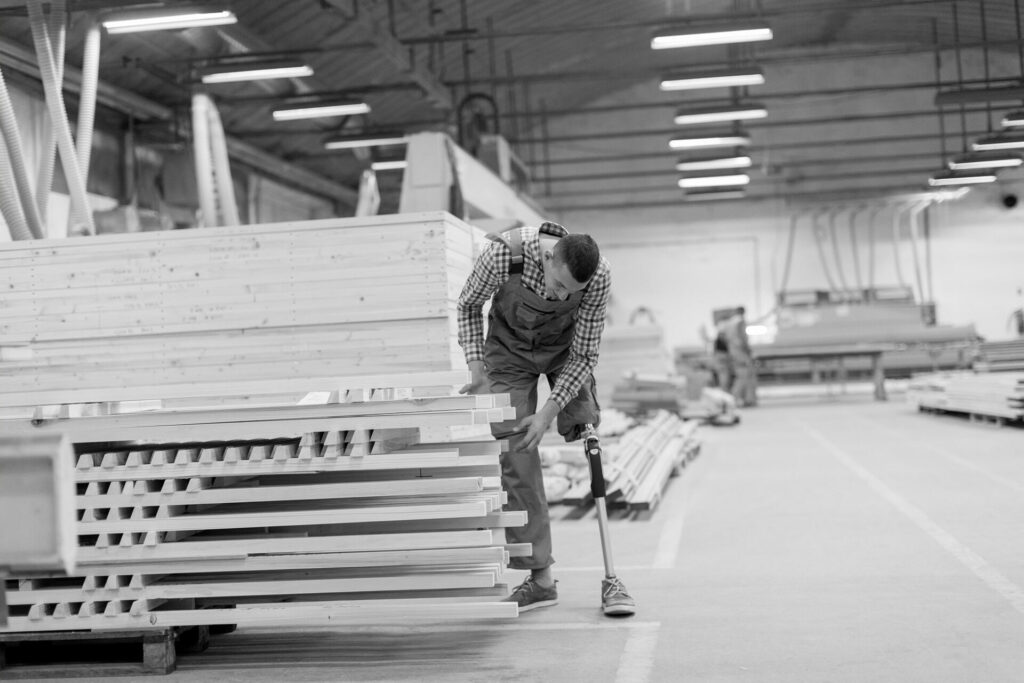
Back in North America, the construction industry is lagging in this regard. Hope had emerged that with the Americans with Disabilities act, things may change. Unfortunately, that has not been the case. While companies have benefitted financially from other industries retrofitting their premises to be disability accessible, this critical eye has not been turned on itself. In fact, some employers have attempted to bypass the act by forcing potential employees to participate in pre-contract medicals, thus eliminating the need to make reasonable accommodations. It is this element, accommodations or adaptations that seems to be the main stumbling block for employers. In reality however, these should not put undue burden on the business and are merely a way of enabling a worker to do their job. “An employer need not create a new job to accommodate a disabled individual, but it may be required to modify non-core aspects of the job. For instance, if workers generally get a thirty-minute break every four hours, it may be a reasonable accommodation to give a worker with diabetes a ten-minute break every hour. Small expense or mere inconvenience to the employer is not enough ‘undue hardship’ on the company to bring the employee outside the law’s protection.”
The industry is highly skilled at constructing accessible structures and mechanisms that ensure disabled people are not left out. However, in order to be a truly inclusive industry, construction needs to build with disabled people, as opposed to building for them. For those at Built By Us, the benefits of a workforce that includes disabled workers cannot be understated. “Increasing diversity, building inclusion, and embedding inclusive leadership are core tenets of an innovative, outwards looking workforce.” While the North American industry is not yet there, it may perhaps learn from other markets that the value of diversity is significantly more than the cost of a salary.









